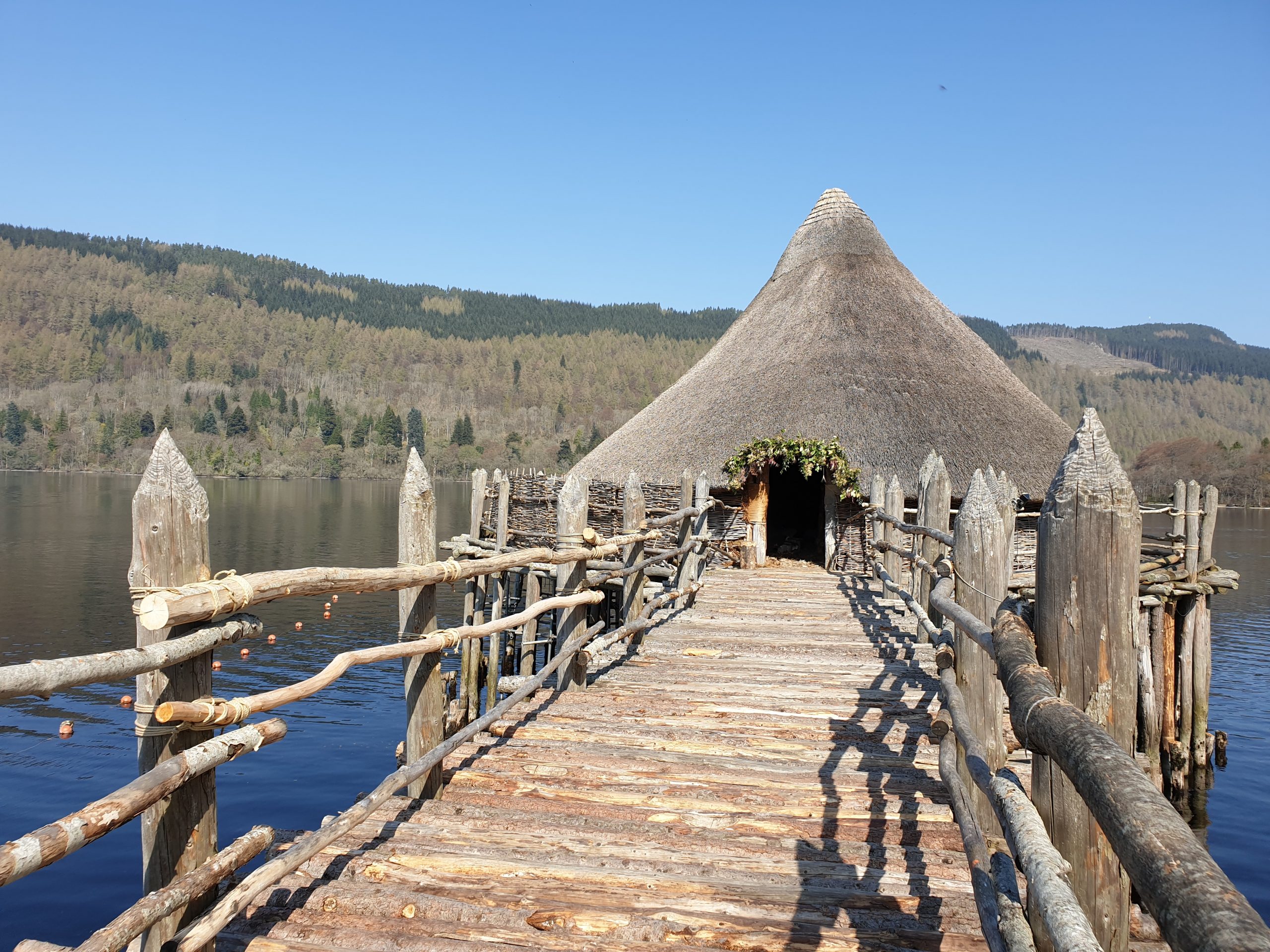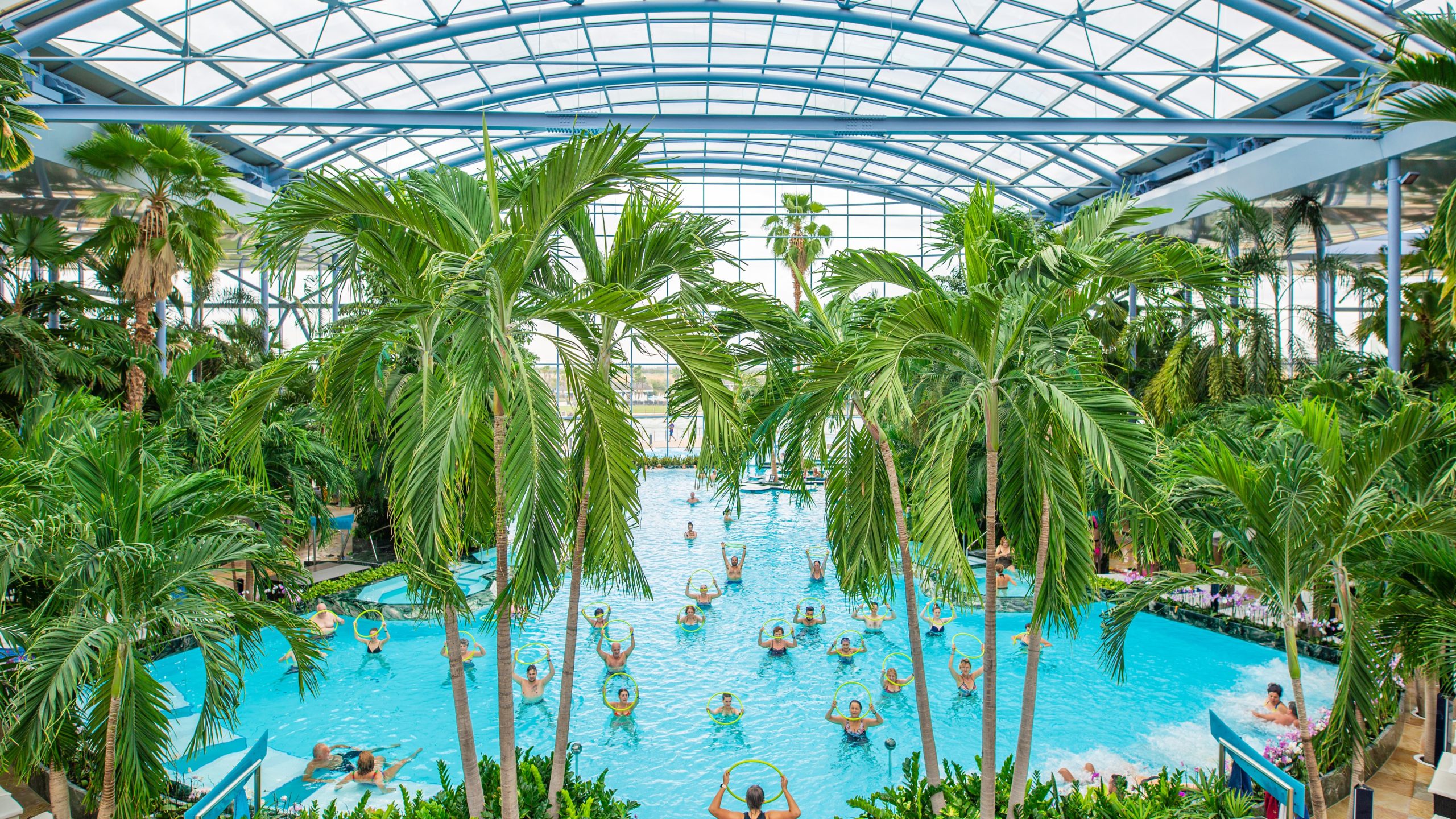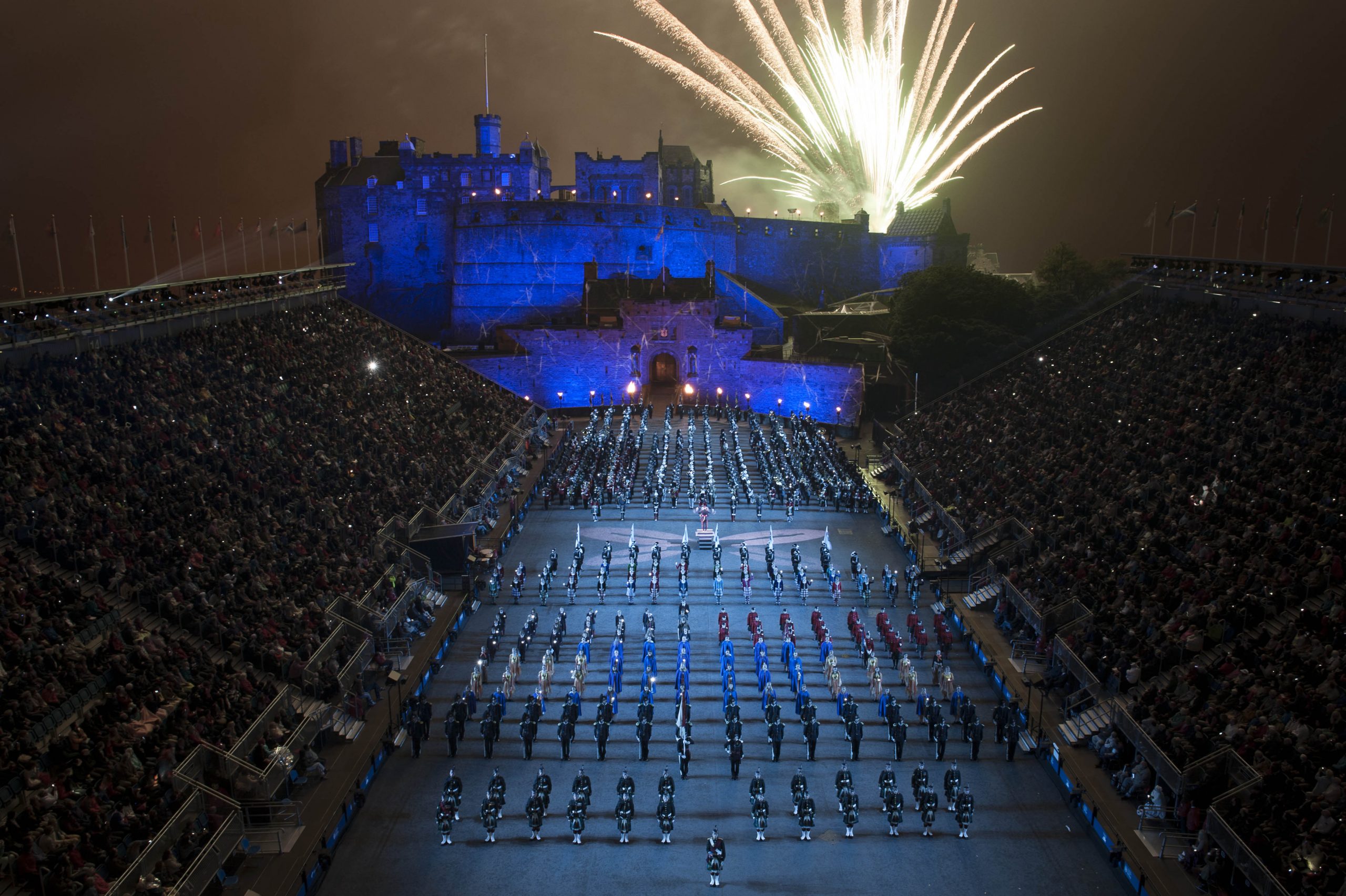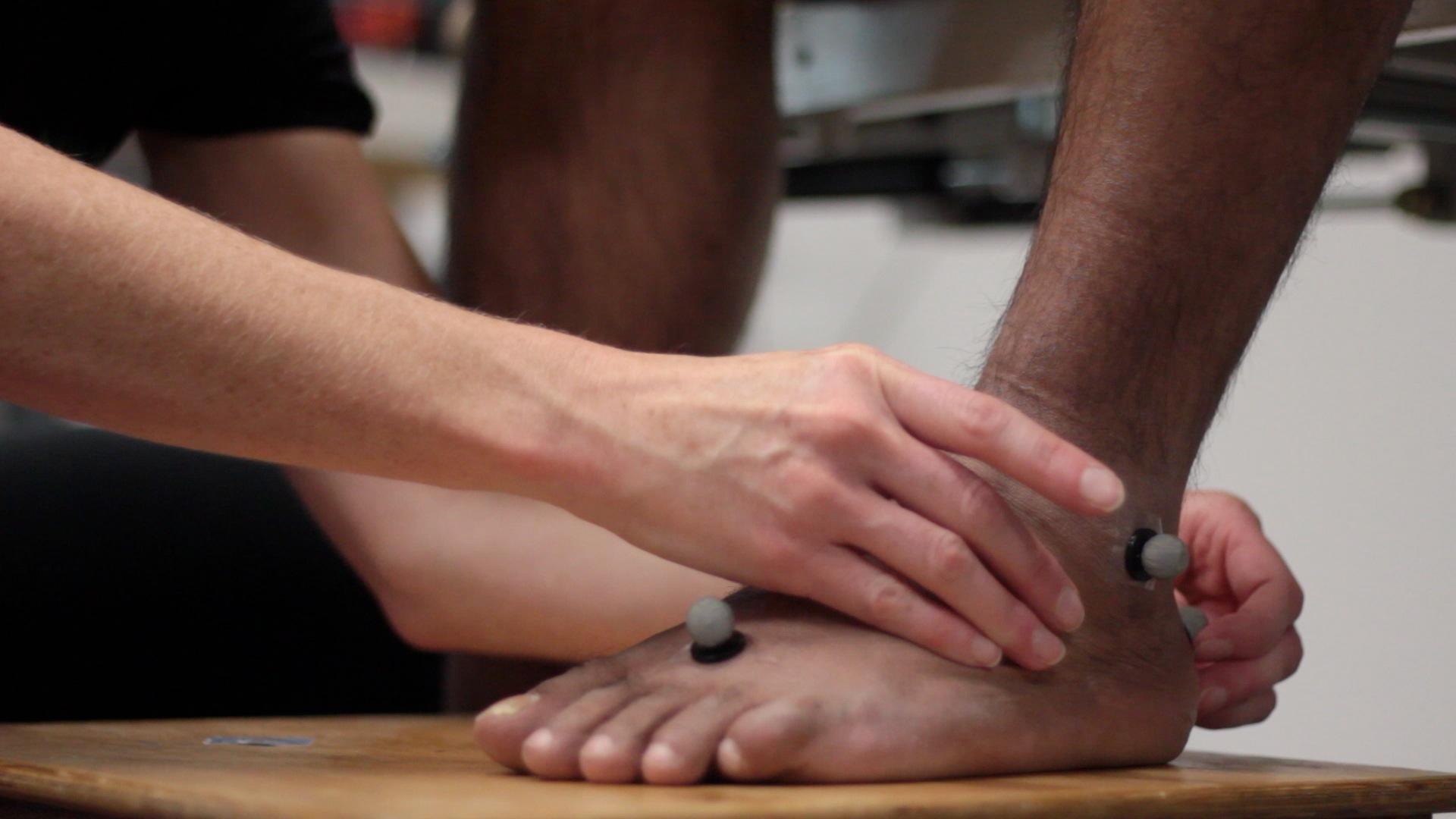Case Study
Scottish Crannog Centre

Partners
The University of the Highlands and Islands
University of the West of Scotland
Sectors
Tourism and Leisure
Regions
Tayside
Background
The Scottish Crannog Centre, located on Loch Tay in Perthshire, includes a museum, the reconstructed crannog (typically a partially or entirely artificial island, usually built in lakes and estuarine waters of Scotland) and living history area with interactive demonstrations of ancient crafts and technologies from the Early Iron Age.
As a community, they care for and make accessible the finds of Scottish crannog excavations and interpret the lives of crannog dwellers for the benefit, enjoyment, education and inspiration of all.
All work is funded from visitors supporting their work through paid admissions, grants and donations or undertaken on a voluntary basis.
Challenge
The Scottish Crannog Centre is shifting from a successful, though tired, visitor centre to a museum-focussed organisation, encompassing all the various roles of modern museums to educate, entertain, stimulate debate and involve diverse people meaningfully in the museum.
The short-term goal for the Crannog Centre was to look at identifying ways to modernise the current exhibitions and telling of more compelling stories. They required specialised assistance from an academic group to review current exhibits and layout of the visitor centre and expertise in heritage interpretation and immersive technologies.
The long-term plan is to move across Loch Tay to a better situated site which can house larger, more extensive visitor facilities including a visitor centre, parking and learning space. A crucial part of this project is building new crannog reconstructions, based on say three different styles of dwelling found in different areas of Scotland. The nature of the build would be to involve communities and volunteers and foster traditional skills and well-being benefits of participants.
Solution
The Museum Director, Mike Benson, was referred to Interface through Perth & Kinross Council and picked up by our local Business Engagement Executive Lorna Watson. Lorna worked closely with Mike to understand the Centre’s requirements and identified expertise within the University of the West of Scotland (UWS).
Dr Marco Gilardi, Lecturer, School of Computing, Engineering and Physical Sciences, undertook a feasibility study and design of a new form of interactive, mixed reality, immersive experience to virtually link past dwellers and present visitors.
The project delivered:
- A feasibility study on how to innovate the service that the Scottish Crannog Centre delivers to its visitors
- Design of an innovated augmented space and the visitor interaction with it
- A virtual reality demonstrator prototype for the augmented space.
The project was funded by a Scottish Funding Council Innovation Voucher, administered by Interface.
Business benefits
The project delivered a new gallery, and the designs for the interactive immersive experiences were integrated within the gallery design and some of them prototyped using different media including virtual reality and mobile apps.
Outside of the formal outputs, the evidence from this project will support a step change that will look to secure the museums future, location and expansion. Being at the forefront of innovation in immersive heritage experiences will attract larger visitor numbers and thereby support the economy of the local area and in Scotland.
The Centre has now received permission and bought the land to move across the loch as part of a £6 million project.
Academic Benefits
The project developed for the Scottish Crannog Centre was challenging, as it needed to contribute to the stakeholders’ vision of the Scottish Crannog Centre of the future by integrating new technologies without detracting from the excellent visitor experience that the Centre already provides and will provide in the future.
The major benefit UWS got from the project is the relationship established with the Scottish Crannog Centre. Through this relationship, the Centre has enriched their student experience by contributing business-based scenarios for the assessment of some of their modules as well as providing honours degree project opportunities, and opportunities for summer projects with the Digital Arts programme’s students.
Finally, the Centre invited Dr Gilardi to join the Advisory Panel for the new Scottish Crannog Centre development, increasing UWS prestige as an applied University that supports Scottish communities.
Follow on
The initial project with UWS led to a further project to bring to life an artefact which had never been displayed before. The bridge of a musical instrument, possibly a lyre (a stringed instrument like a small u-shaped harp), was created from the original artefact using 3D printing and is used as a physical exhibit for visitors to be able to hold and feel.
A third project to design a small comic book aimed at children as a paper-based product was undertaken by a student from the University of the Highlands & Islands. This comic, which will be sold in the gift shop, is designed to educate children and young people on life in Iron Age Scotland, as well as the artefacts found on the excavation site and how they relate to life in 500BC.
Mike and the team at the Centre are still actively working with UWS and trying to raise the funding to take projects further. Interface are also continuing to provide support with future projects in the pipeline.


